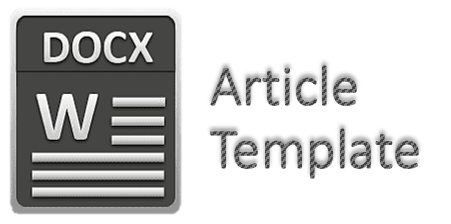Tindakan Komunikatif Jurgen Habermas dan Implikasinya terhadap Podcast di Indonesia
DOI:
https://doi.org/10.30762/kjourdia.v1i2.2245Keywords:
Jurgen Habermas, Tindakan Komunikatif, PodcastAbstract
The discourse on public communication is a crucial discussion. In today's digital era, platforms that provide digital content need to be reexamined. One digital content that is a reference for the public is Podcast. In its development, the emergence of Podcasts continues to have great significance for people's lives. The variety of information presented often has the potential to create information distortion in digital media. From this phenomenon, Jurgen Habermas' communicative action is a practical methodology that can provide valid, emancipatory and rational information. Community agreement in communicating is the most important thing in Habermas' communicative actions. However, by going through several logical conditions. The aim of this research is to answer the issue of potential information distortion and analyze the implications of Jurgen Habermas's concept of communicative action for Podcasts in Indonesia. This research uses a literature review method, so the sources used are scientific literature. The research results show that Jurgen Habermas' communicative actions can be a methodological basis for presenting valid and rational information. Information presented to the public can be accounted for, because it has passed the requirements determined by Jurgen Habermas. So, in implementing it, Podcasts must comply with validity claims, carry out argumentative communication, and make communicative action the fundamental basis for creating Podcast content.






















